Designer of the month - Uku Kristjan Küttis
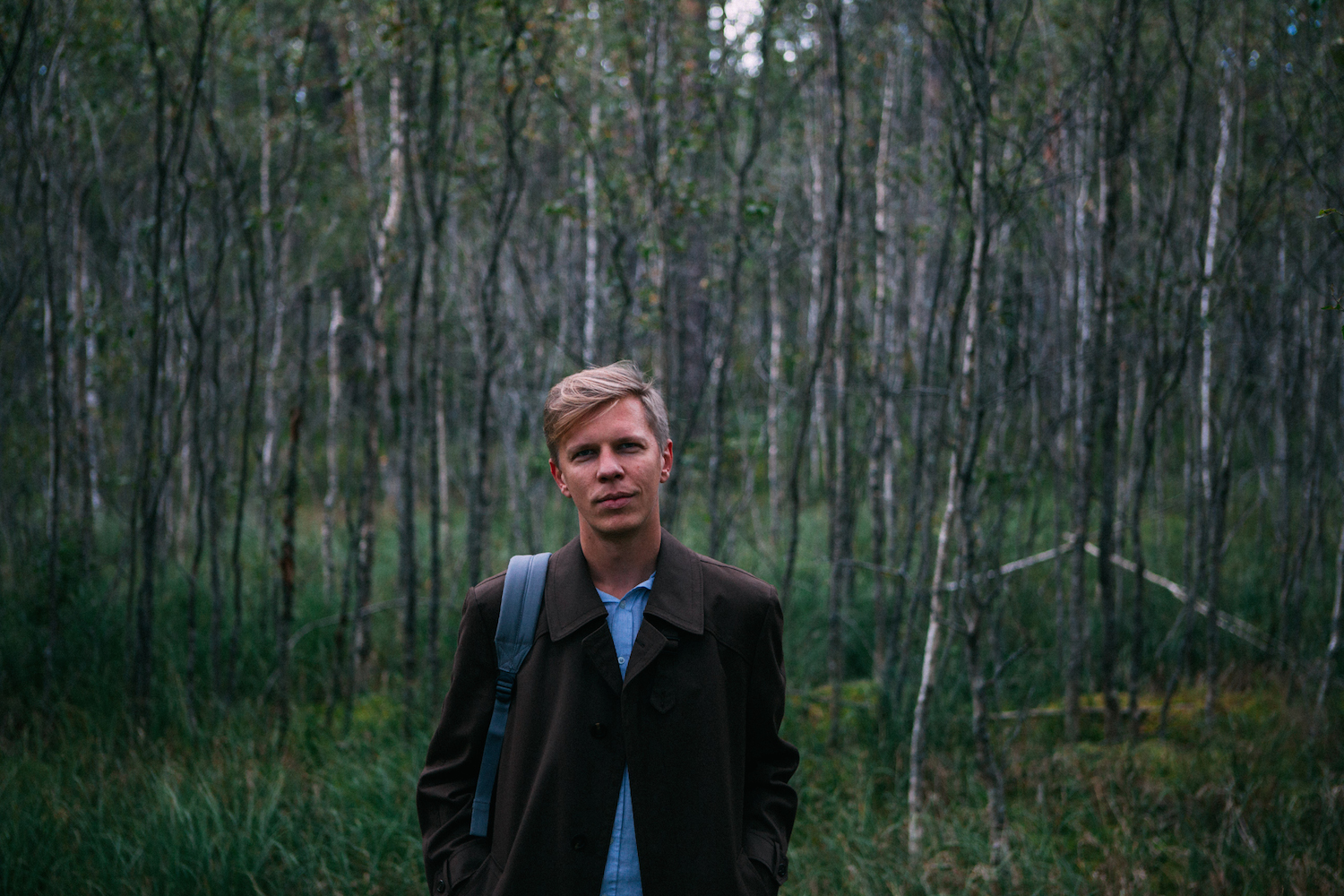 This year ADC*Estonia awarded the best graphic and web designer of the year in context of Estonian Design Awards. The jury voted the winner almost unanimously graphic designer and one of the founder of design agencies AKU - Uku Kristjan Küttis. The jury said: „Uku is a designer who operates very successfully in various fields, always maintaining an unique visual language. He is in a good way a socially sensitive designer who applies his skills for socially relevant topics. In addition, he also dares not to agree.“
What are you up to at the moment?
There is a lot going on in AKU. We are working on the concept of next year Tallinn Music Week, editing the different language into the whole of Click and Grow and creating the identity of the new organizations that presents Estonian music. Also the architecture program of The Republic of Estonia 100, the first beer brand of Pühaste brewery. And our second and third step in the product design world, which I would like to talk more when they have already left a deeper impression. Oh, and more.. Some digital start-ups too, this time we focus on the games.
This year ADC*Estonia awarded the best graphic and web designer of the year in context of Estonian Design Awards. The jury voted the winner almost unanimously graphic designer and one of the founder of design agencies AKU - Uku Kristjan Küttis. The jury said: „Uku is a designer who operates very successfully in various fields, always maintaining an unique visual language. He is in a good way a socially sensitive designer who applies his skills for socially relevant topics. In addition, he also dares not to agree.“
What are you up to at the moment?
There is a lot going on in AKU. We are working on the concept of next year Tallinn Music Week, editing the different language into the whole of Click and Grow and creating the identity of the new organizations that presents Estonian music. Also the architecture program of The Republic of Estonia 100, the first beer brand of Pühaste brewery. And our second and third step in the product design world, which I would like to talk more when they have already left a deeper impression. Oh, and more.. Some digital start-ups too, this time we focus on the games.
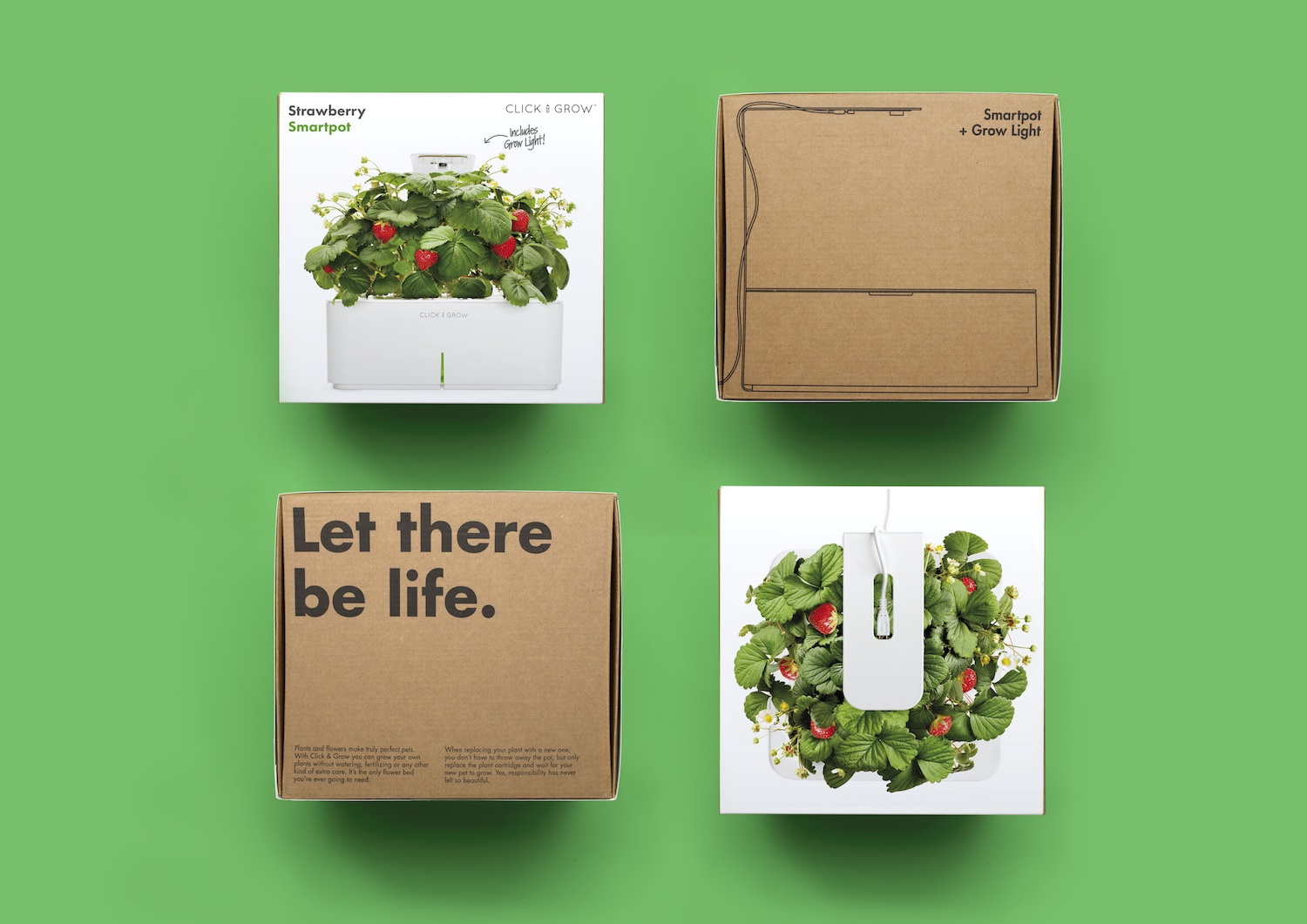 What are your five favourite design objects? Why?
**Chronoscope. Max Bill. Junghans factory. 1969s**. Max Bill is one of my favorites, I started to collect his posters also. Bill is a multidisciplinary designer of Bauhaus school whose creation includes everything from architecture, font types, sculpture, paintings and product design. The watches, created for the Junghans factory on the 60s, are the symbiosis of his life, thinking and learning. From the top of the watch you can only see what time it is, which is a big plus nowadays.
**T-shirt. US Army (arguable) 1907 (arguable)** I don’t know exactly how many T-Shirts I have had in my life. Nobody knows quite well who exactly designed the T-Shirt, but I know quite well that somebody did.
**Door handle. Jüri Arrak. Vasara factory 1967** A good example of how design can be invisible and everywhere. Ivar Sakk showd me once that door handle, and without him, I probably would have replaced the first door handle of the AKU office door. I agree with Ivar that „The abomination of old objects and the environment comes from the inferiority complex which expresses the attitude that the design is never existed in Estonia.“
**Font. Akzidenz Grotesk. Berthold foundry. 1896** Frankenstein's monster, different period-based sans-serif typeface in a cooked stew, rugged and flawed. However, it is the basis for almost all of today's neo-grotesque fonts. To be honest, its’s not my favourite font, but I like how it’s done.
**Stool** When I say stool, then everybody knows what a stool is. Everybody knows how it looks like. How three curved feet of plywood arched below the circular seat, no picture needed. „Stool“ might as well be a synonym-brand like "Post-It". Maybe it's not important that the "Stool" is actually Alvar Aalto’s "No Artek Stool 60" 1933. Maybe it’s not important that it’s considered as design classics. Maybe it's not even a matter how "stool" is a good example of how it was possible to copy designer's creation in Soviet Union. It doesn’t matter, because the stool is an example of a simple thing that works.
What are your five favourite design objects? Why?
**Chronoscope. Max Bill. Junghans factory. 1969s**. Max Bill is one of my favorites, I started to collect his posters also. Bill is a multidisciplinary designer of Bauhaus school whose creation includes everything from architecture, font types, sculpture, paintings and product design. The watches, created for the Junghans factory on the 60s, are the symbiosis of his life, thinking and learning. From the top of the watch you can only see what time it is, which is a big plus nowadays.
**T-shirt. US Army (arguable) 1907 (arguable)** I don’t know exactly how many T-Shirts I have had in my life. Nobody knows quite well who exactly designed the T-Shirt, but I know quite well that somebody did.
**Door handle. Jüri Arrak. Vasara factory 1967** A good example of how design can be invisible and everywhere. Ivar Sakk showd me once that door handle, and without him, I probably would have replaced the first door handle of the AKU office door. I agree with Ivar that „The abomination of old objects and the environment comes from the inferiority complex which expresses the attitude that the design is never existed in Estonia.“
**Font. Akzidenz Grotesk. Berthold foundry. 1896** Frankenstein's monster, different period-based sans-serif typeface in a cooked stew, rugged and flawed. However, it is the basis for almost all of today's neo-grotesque fonts. To be honest, its’s not my favourite font, but I like how it’s done.
**Stool** When I say stool, then everybody knows what a stool is. Everybody knows how it looks like. How three curved feet of plywood arched below the circular seat, no picture needed. „Stool“ might as well be a synonym-brand like "Post-It". Maybe it's not important that the "Stool" is actually Alvar Aalto’s "No Artek Stool 60" 1933. Maybe it’s not important that it’s considered as design classics. Maybe it's not even a matter how "stool" is a good example of how it was possible to copy designer's creation in Soviet Union. It doesn’t matter, because the stool is an example of a simple thing that works.
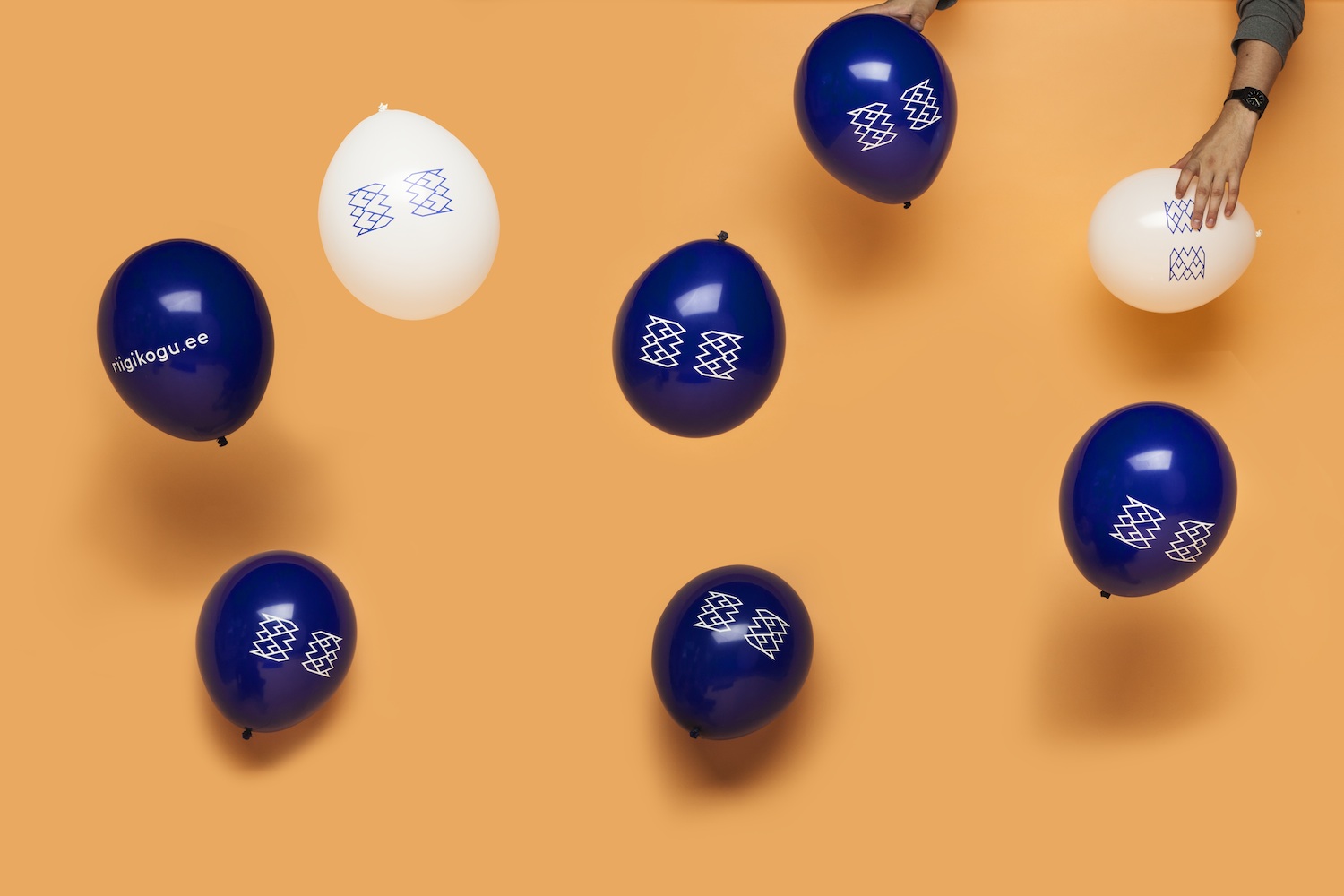 What is the biggest problem design could solve?
When we are talking about design as an object or a result, it cannot solve any problems. Design is not a magic word which all of a sudden starts to operate. More important is the journey that will lead to a solution: design as a process or the way of thinking is a powerful tool, which can make even the most nuts crushed. Simplifying, first you have to understand the problem: the real need, character, implementer and user. Test the solutions and actually try them. And the most important part: to analyse the whole process in order to understand whether the set targets were met or are there new challenges, problems. I believe that only in this way it is possible to reach something necessary, to good design. Good design should be a part of people's lives, it should make us feel better, easier and even happier that way. It's a good problem to solve.
What is the biggest problem design could solve?
When we are talking about design as an object or a result, it cannot solve any problems. Design is not a magic word which all of a sudden starts to operate. More important is the journey that will lead to a solution: design as a process or the way of thinking is a powerful tool, which can make even the most nuts crushed. Simplifying, first you have to understand the problem: the real need, character, implementer and user. Test the solutions and actually try them. And the most important part: to analyse the whole process in order to understand whether the set targets were met or are there new challenges, problems. I believe that only in this way it is possible to reach something necessary, to good design. Good design should be a part of people's lives, it should make us feel better, easier and even happier that way. It's a good problem to solve.
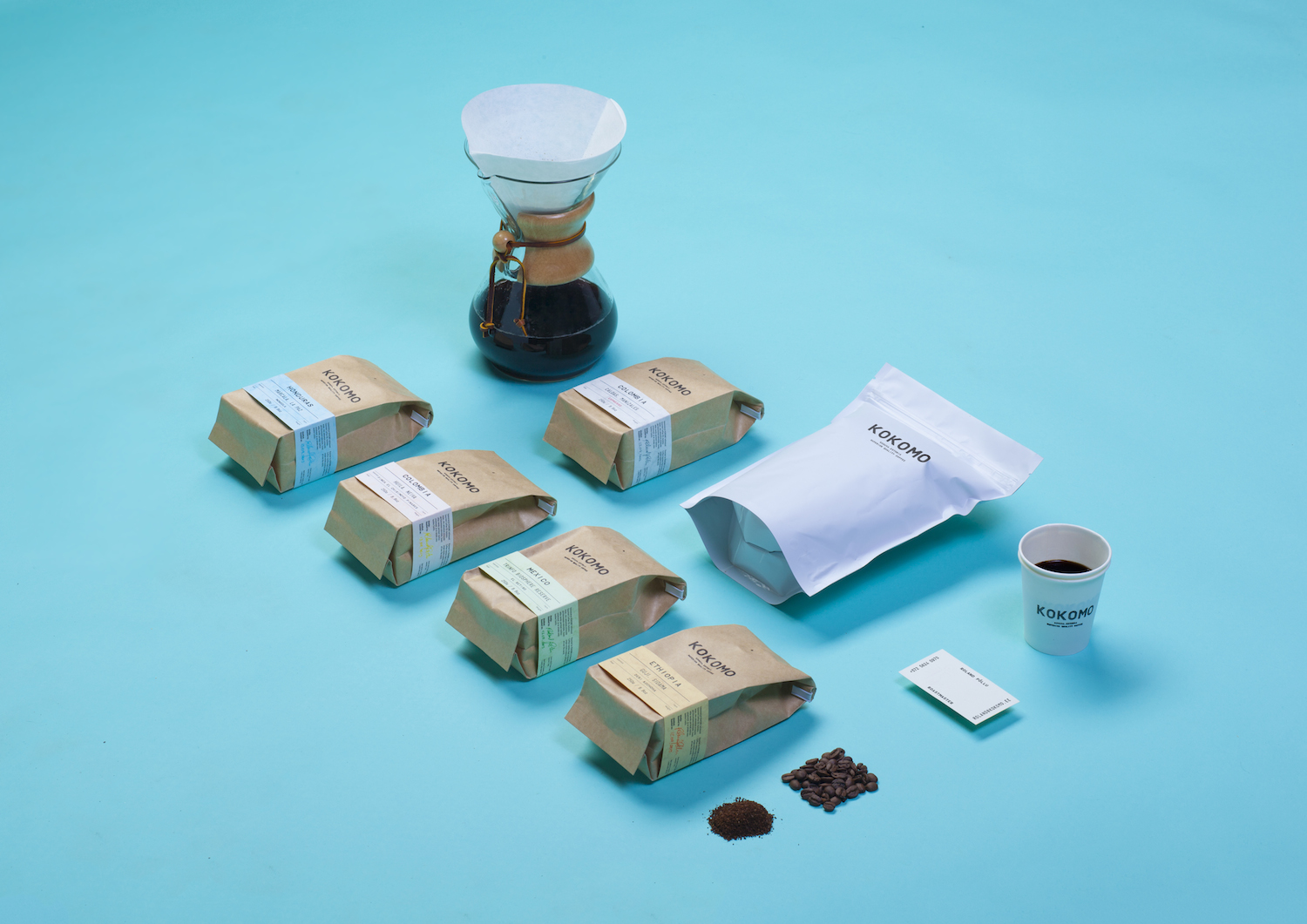 Which Estonian / other company you would like to work with?
On my way to home there is a shoemaker I occasionally visit. The service is fast and in high quality. He's a great guy (I don’t know whether he is self-employed, or LLC, I must pay in cash), we speak occasionally about half shoes and such like. He likes to make the posters himself: to the neon paper with the tape, but I feel every time that we should take the time to discuss how I can be of assistance to him. I think the best way to work is with people whose actions, goals and work can be understood.
Could Estonia become a design country?
Let’s live and see.
Which Estonian / other company you would like to work with?
On my way to home there is a shoemaker I occasionally visit. The service is fast and in high quality. He's a great guy (I don’t know whether he is self-employed, or LLC, I must pay in cash), we speak occasionally about half shoes and such like. He likes to make the posters himself: to the neon paper with the tape, but I feel every time that we should take the time to discuss how I can be of assistance to him. I think the best way to work is with people whose actions, goals and work can be understood.
Could Estonia become a design country?
Let’s live and see.
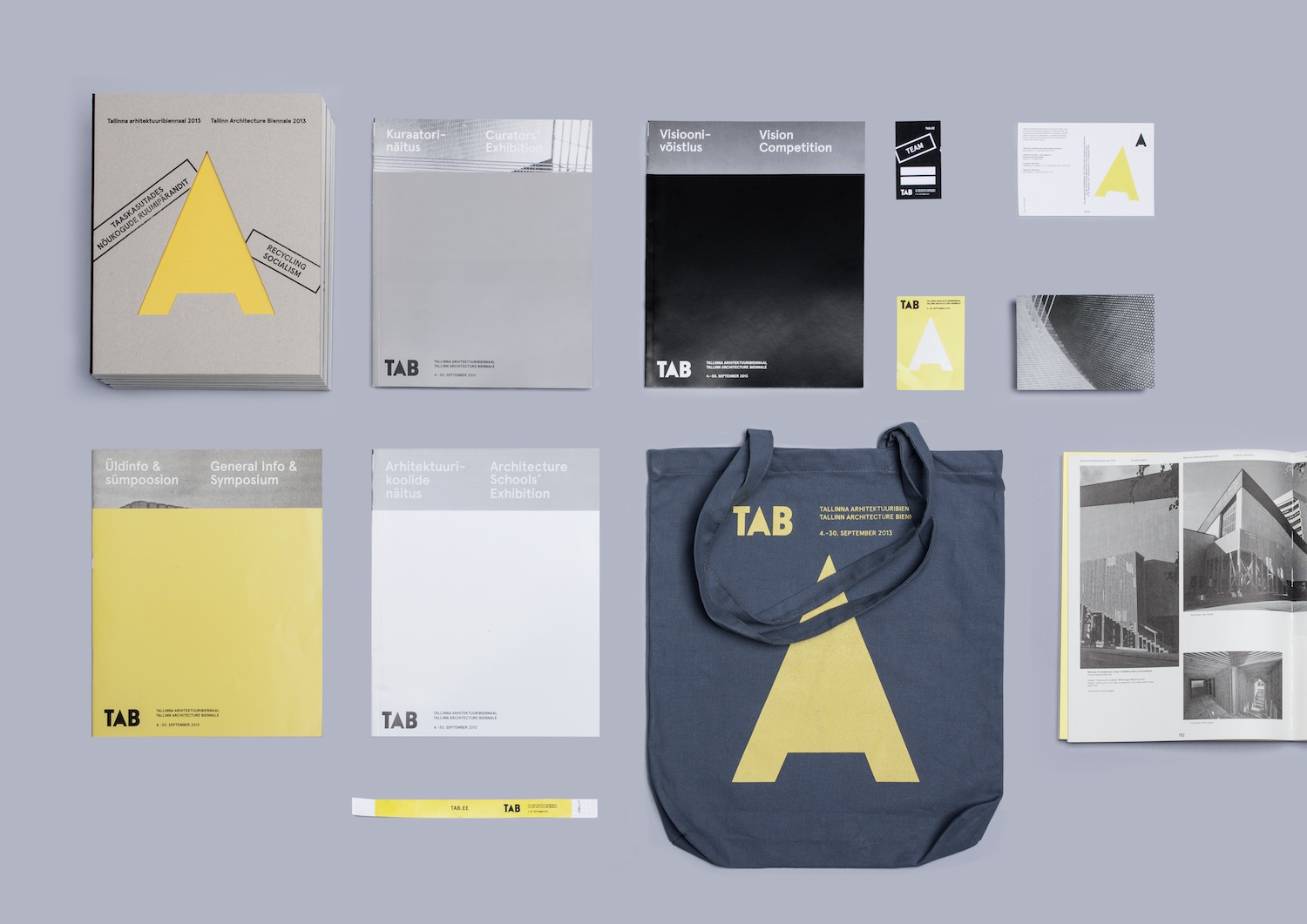
Graphic Design, Designer of the Month